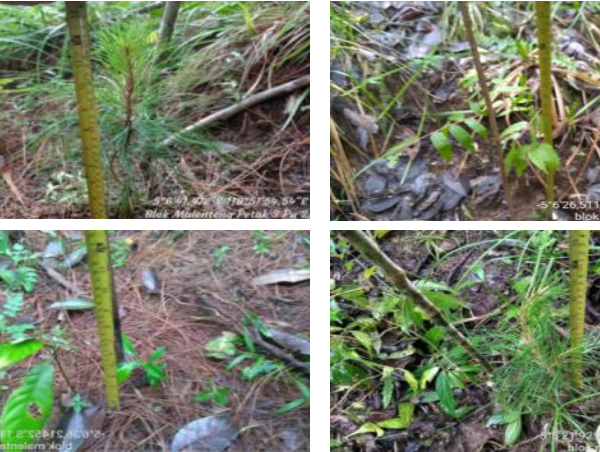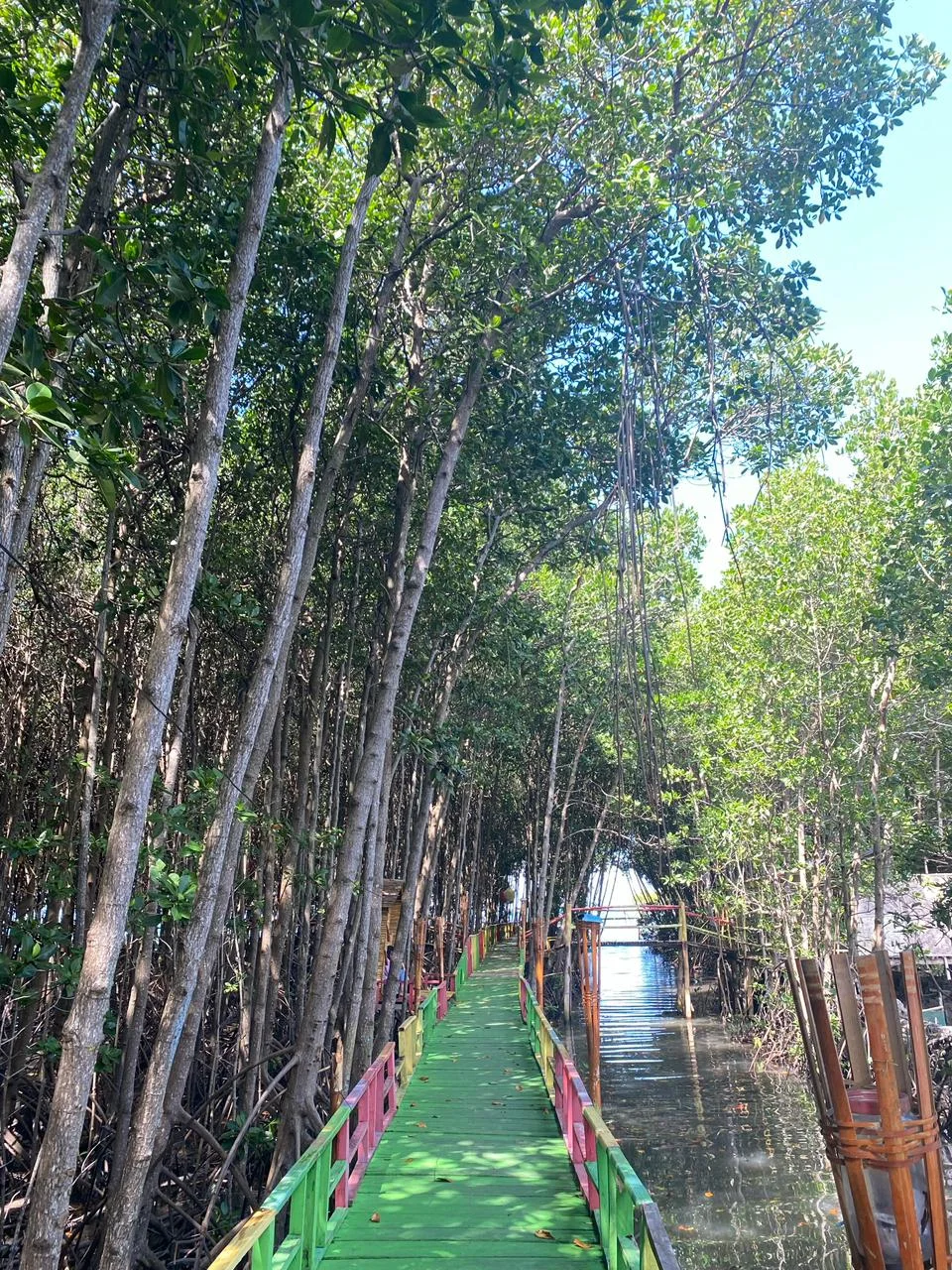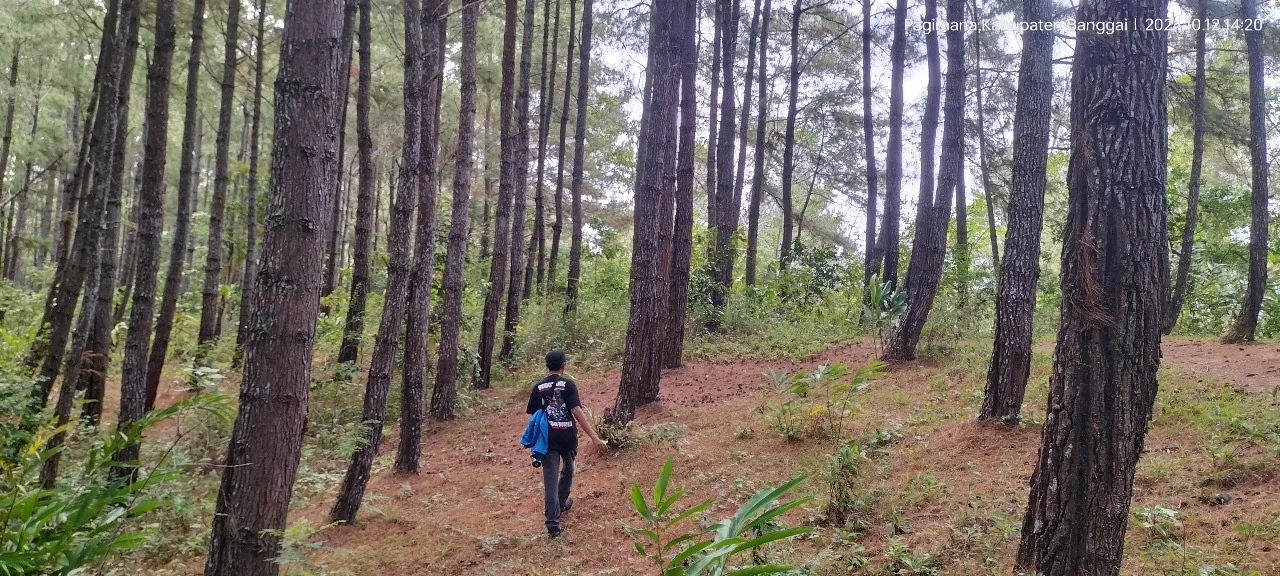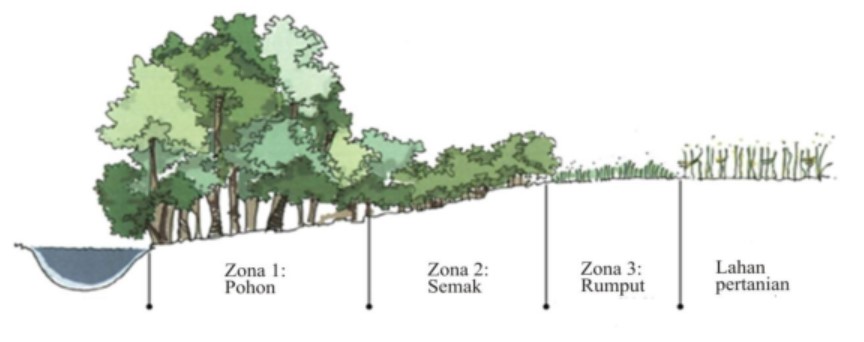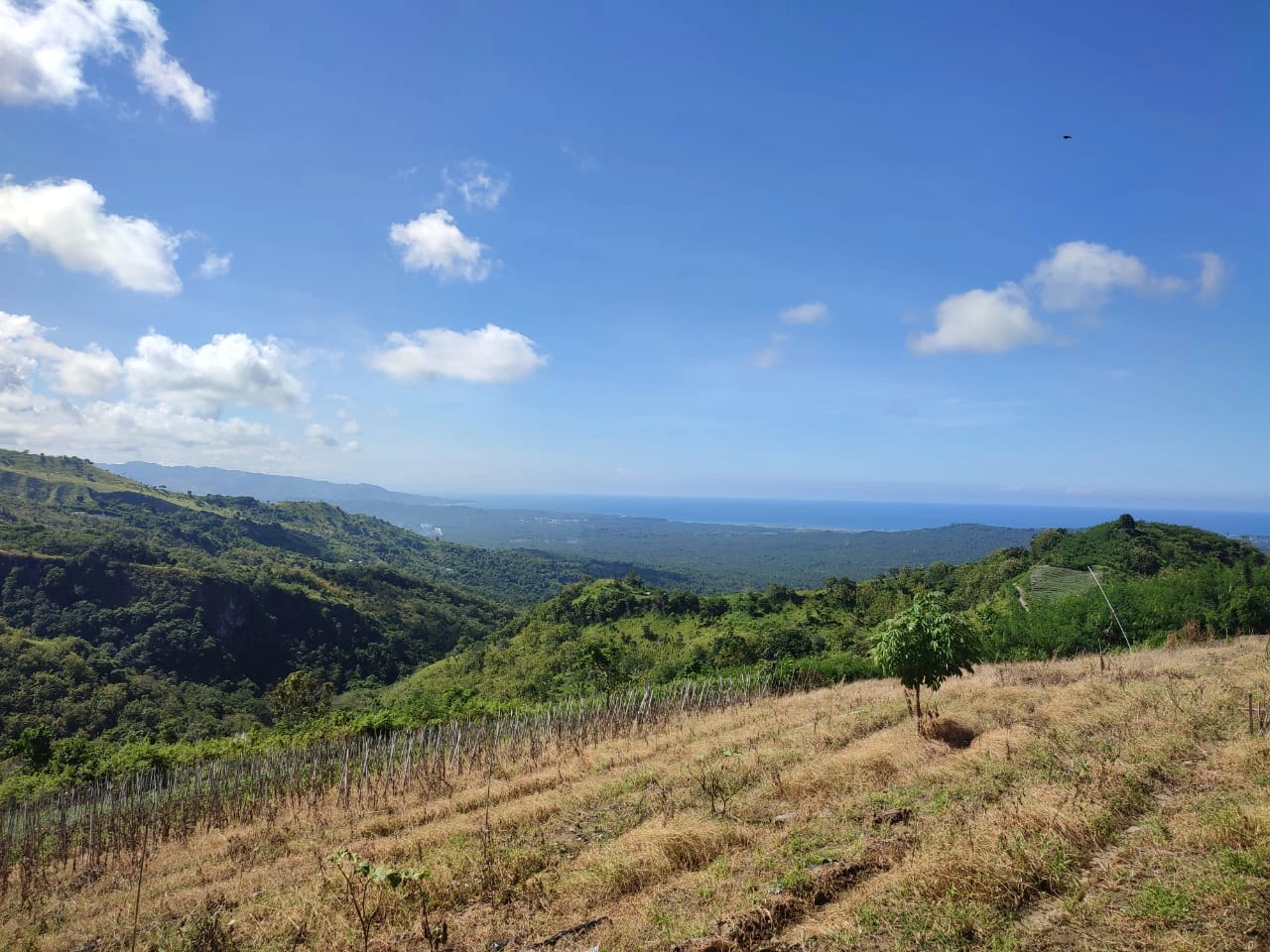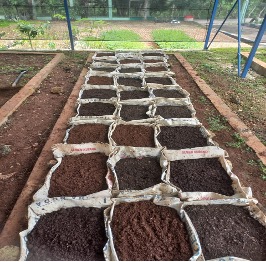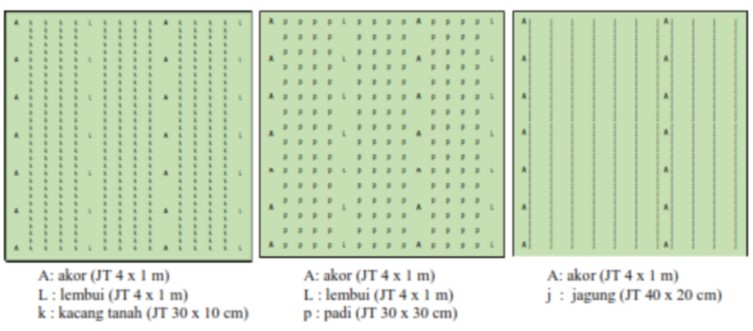Evaluating the Success of Watershed Rehabilitation Efforts in Gowa Regency: A Case Study on Forest and Land Restoration
Abstract
The Ministry of Environment and Forestry designates forest and land rehabilitation (RHL) initiatives as a top priority in national policies. Forest and land rehabilitation refers to the deliberate actions taken to restore, preserve, and enhance the functionality of forests and land. Therefore, this study is to assess the viability of cultivating RHL plants. The methodology employed is the observation approach, which entails gathering data firsthand at the specific site. Plant area measurements are conducted on the physical planting area, quantified in hectares, and then compared to the intended plant area as specified in the design. Plant evaluation and assessment is conducted using the Systematic Sampling with Random Start approach, which involves randomly selecting the first measurement plot and then systematically selecting successive measuring plots. The sampling utilised a 5% interval. Rectangular measurement plots are formed with dimensions of 40 meters by 25 meters, resulting in an area of 0.1 hectares. The number of measuring plots can be determined by multiplying the percentage of interest (5%) by the plot area (in hectares) and then dividing by the area of each measuring plot (in hectares). This calculation results in a total of 43 measuring plots. The research findings indicate that the success rate of plant development varies between 76.33% and 77.17%, with an average value of 76.62%.
Copyright (c) 2024 Jurnal Wasian

This work is licensed under a Creative Commons Attribution-NonCommercial 4.0 International License.
Copyright and License
All articles published in Wasian Journal are the property of the authors. By submitting an article to Wasian Journal, authors agree to the following terms:
-
Copyright Ownership: The author(s) retain copyright and full publishing rights without restrictions. Authors grant the journal the right to publish the work first and to distribute it as open access under a Creative Commons Attribution 4.0 International License (CC BY 4.0).
-
Licensing: Articles published in Wasian Journal are licensed under a Creative Commons Attribution 4.0 International License (CC BY 4.0). This license allows others to share, copy, and redistribute the material in any medium or format, and adapt, remix, transform, and build upon the material for any purpose, even commercially, provided that proper credit is given to the original author(s) and the source of the material

This work is licensed under a Creative Commons Attribution 4.0 International License. -
Author's Rights: Authors are permitted and encouraged to post their work online (e.g., in institutional repositories or on their website) prior to and during the submission process, as it can lead to productive exchanges and greater citation of published work.
-
Third-Party Content: If your article contains material (e.g., images, tables, or figures) for which you do not hold copyright, you must obtain permission from the copyright holder to use the material in your article. This permission must include the right for you to grant the journal the rights described above.
-
Reprints and Distribution: Authors have the right to distribute the final published version of their work (e.g., post it to an institutional repository or publish it in a book), provided that the original publication in Wasian Journal is acknowledged.
For the reader you are free to:
- Share — copy and redistribute the material in any medium or format for any purpose, even commercially.
- Adapt — remix, transform, and build upon the material for any purpose, even commercially.
- The licensor cannot revoke these freedoms as long as you follow the license terms.
Under the following terms:
- Attribution — You must give appropriate credit , provide a link to the license, and indicate if changes were made . You may do so in any reasonable manner, but not in any way that suggests the licensor endorses you or your use.
- No additional restrictions — You may not apply legal terms or technological measures that legally restrict others from doing anything the license permits.
Notices:
You do not have to comply with the license for elements of the material in the public domain or where your use is permitted by an applicable exception or limitation .
No warranties are given. The license may not give you all of the permissions necessary for your intended use. For example, other rights such as publicity, privacy, or moral rightsmay limit how you use the material.

